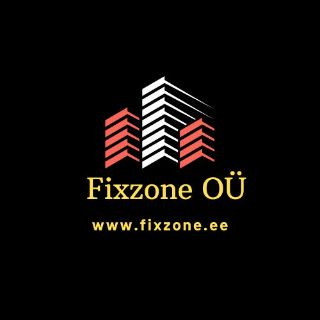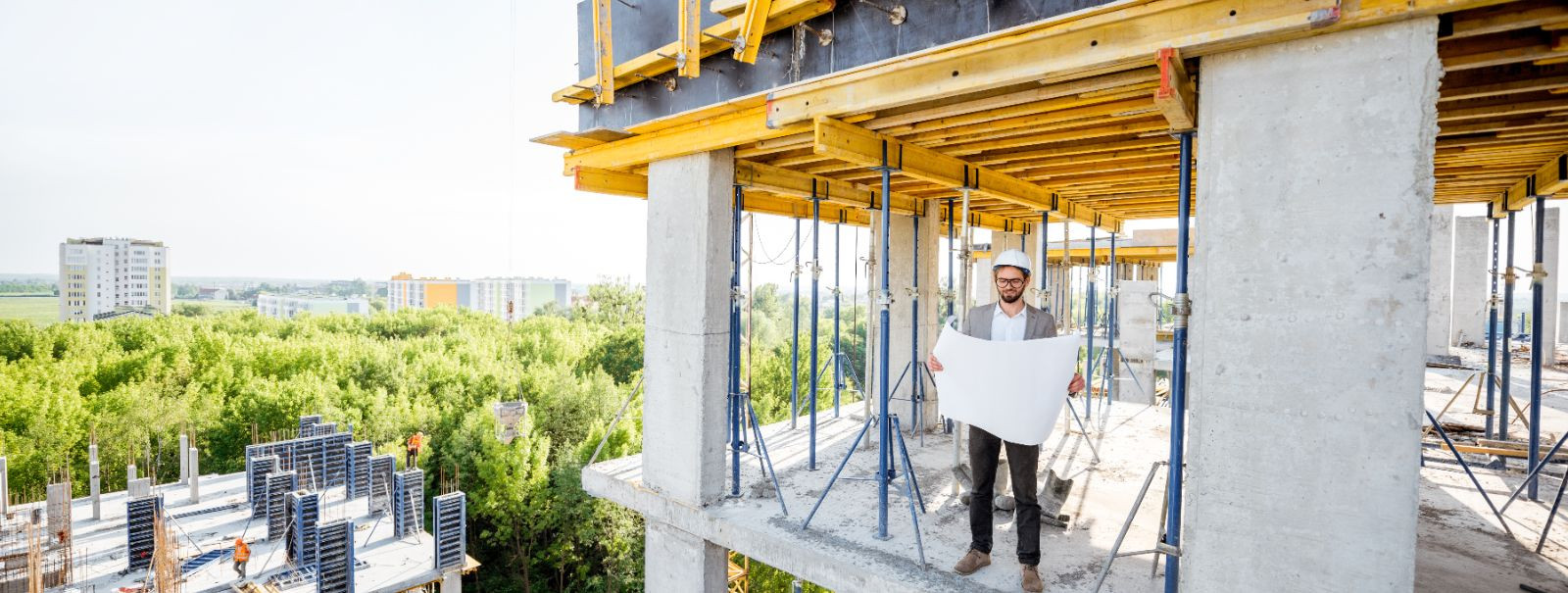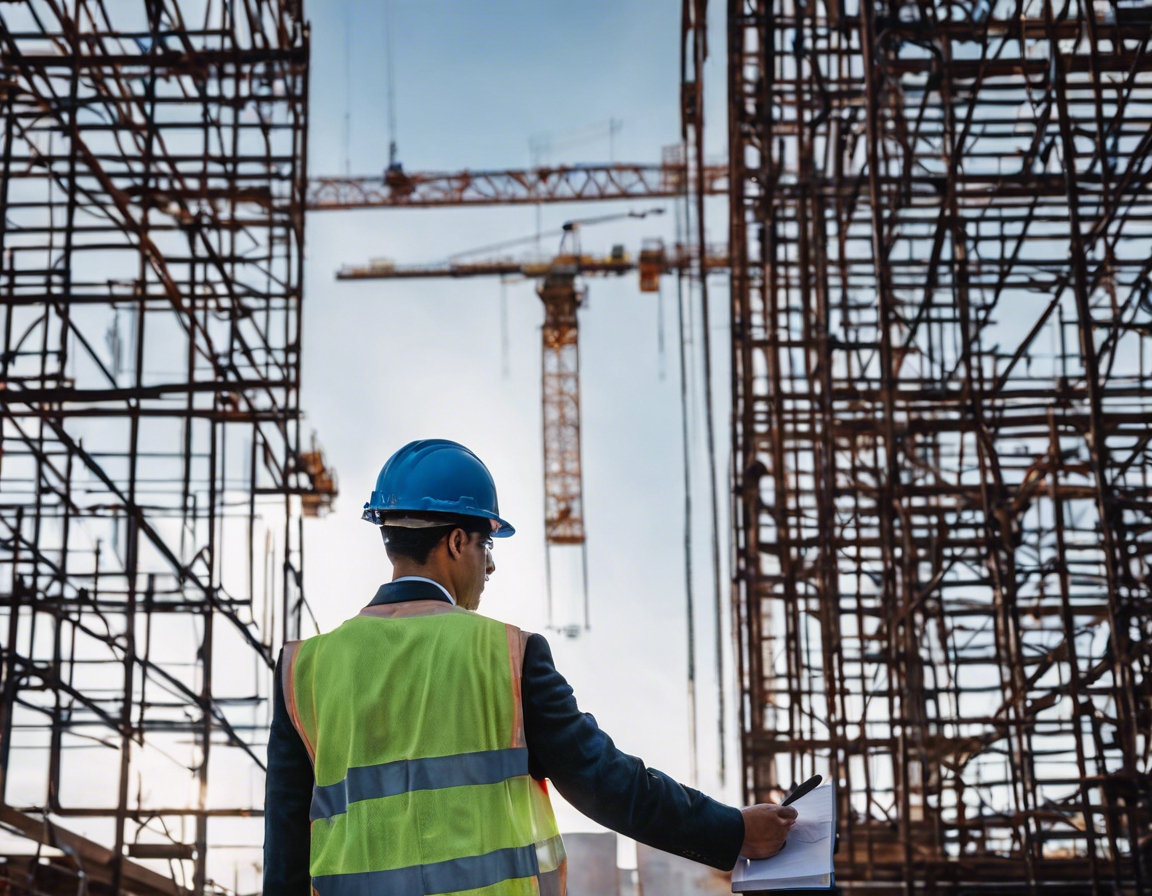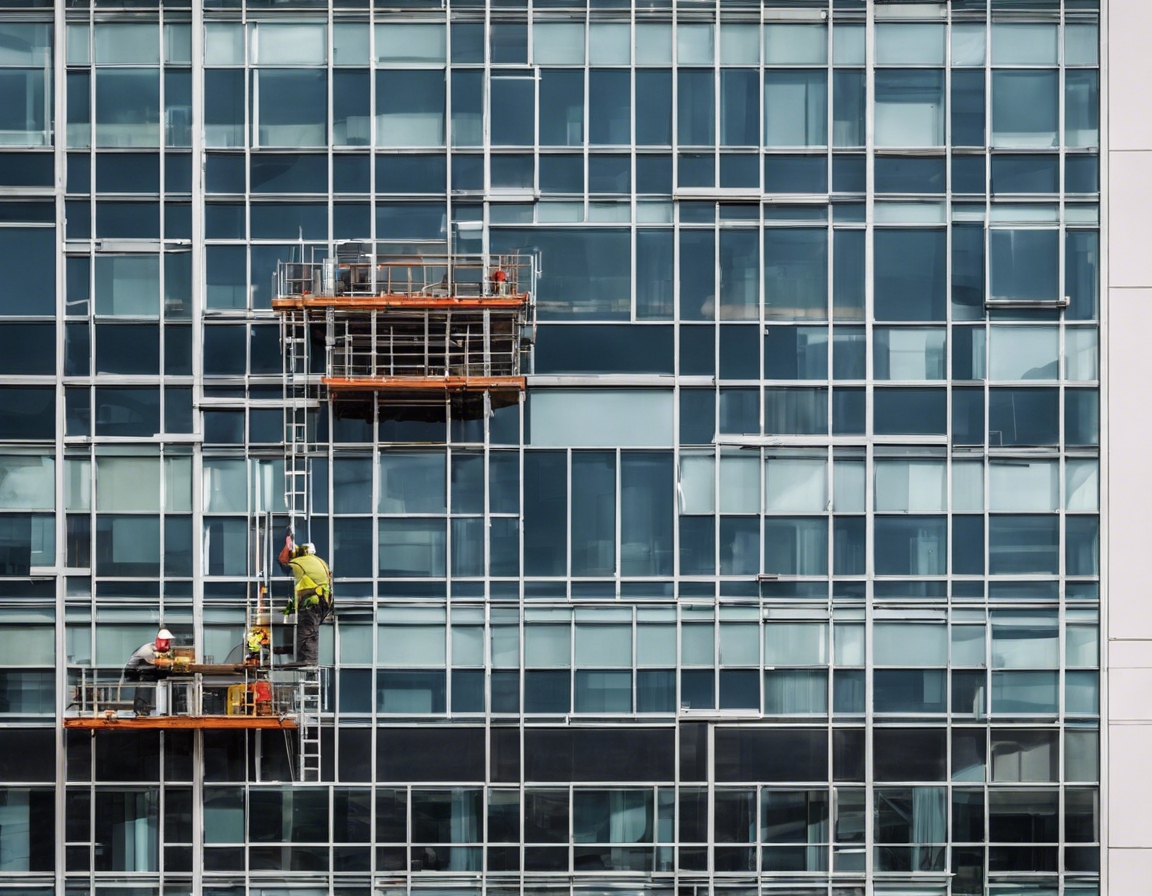5 trends shaping the future of residential construction
The landscape of residential construction is continually evolving, influenced by technological advancements, environmental concerns, and changing lifestyles. As we look to the future, several key trends are emerging that are set to redefine the way homes are designed, built, and inhabited. In this post, we'll explore five significant trends that property developers, real estate investors, and homeowners should be aware of.
1. Sustainable and Green Building Practices
Energy-efficient homes are no longer a luxury but a standard in modern construction. Innovations such as high-performance insulation, energy-efficient windows, and HVAC systems are becoming commonplace, aiming to reduce the carbon footprint of new buildings.
The use of renewable and sustainable materials like bamboo, recycled steel, and precast concrete is on the rise. These materials are not only environmentally friendly but also offer durability and cost-effectiveness.
Green certifications such as LEED, BREEAM, and Passive House are becoming more prevalent, setting the bar for sustainable construction practices and ensuring that residential projects meet high environmental standards.
2. Technological Advancements
BIM technology has revolutionized the planning and construction process, allowing for more accurate and efficient project management. It enables better collaboration among stakeholders and can lead to significant cost and time savings.
Smart home systems that allow for the remote control of lighting, heating, and security are becoming standard features in new homes, providing convenience and energy savings.
3D printing is beginning to make its mark in residential construction, offering the potential for faster and more cost-effective building methods, as well as the ability to create complex, customized design elements.
3. Design Innovations
As lifestyles change, so do home layouts. There is a growing demand for flexible living spaces that can adapt to different needs, such as home offices or multi-generational living arrangements.
Outdoor spaces are being transformed into extensions of the home, with fully equipped kitchens, comfortable seating, and weatherproof entertainment systems.
Design elements that promote health and wellness, such as improved air quality, natural lighting, and indoor vegetation, are becoming integral parts of new home designs.
4. Urbanization and Smaller Living Spaces
The trend towards urban living has led to the rise of micro-apartments and tiny homes, which offer affordable and sustainable living options in city centers.
Residential construction is increasingly incorporating mixed-use developments, combining residential, commercial, and public spaces to create vibrant, multi-functional neighborhoods.
There is a growing emphasis on community-centric design, with residential projects including shared amenities like parks, community gardens, and recreational facilities to foster social interaction and a sense of community.
5. Construction Methodology Shifts
Modular and prefabricated homes are gaining popularity due to their efficiency, reduced waste, and shorter construction times.
Offsite construction methods are being adopted to improve quality control, reduce on-site labor, and minimize environmental impact.
New building materials such as self-healing concrete, aerogels, and nano-materials are being developed to improve the performance and sustainability of residential structures.






Comments (0)